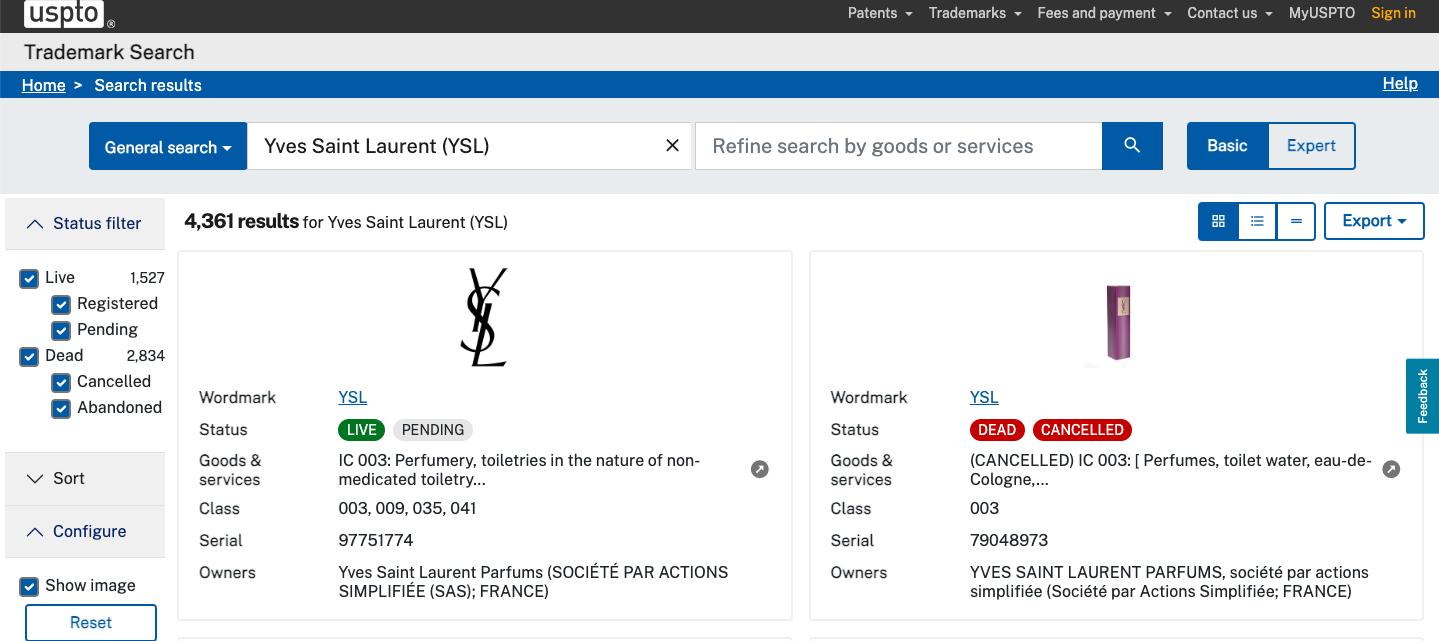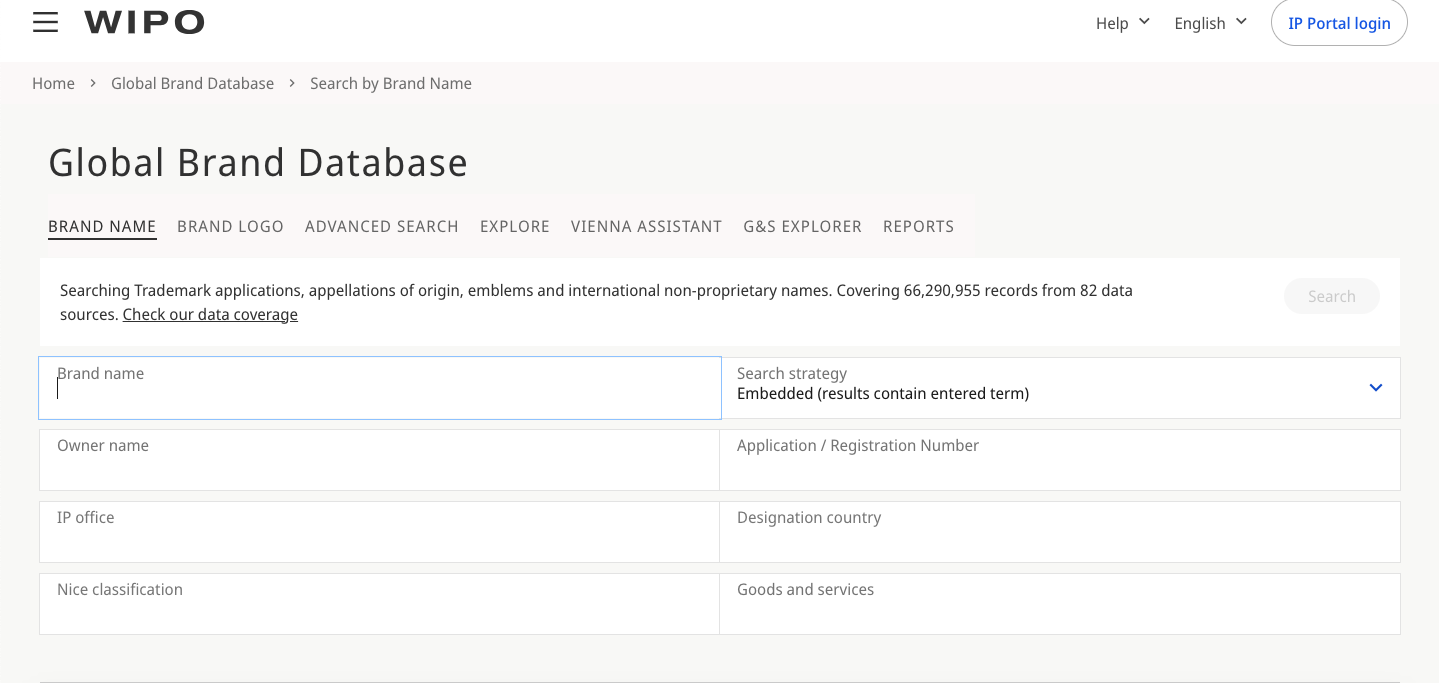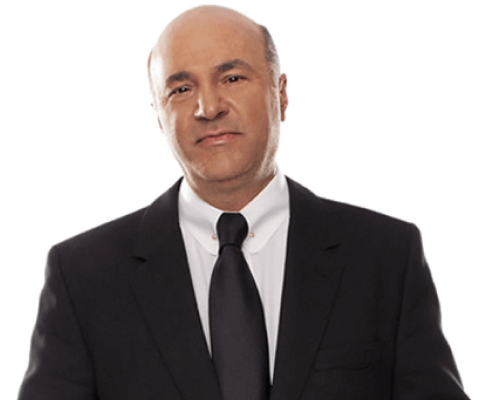How To Check Trademark Availability

Starting a brand for your business or product involves several key steps, one of the most important being the trademark availability check. Before registering your trademark, you must ensure it is not already in use and does not conflict with existing trademarks. With the USPTO handling over 700,000 trademark applications annually, it's essential to understand how to navigate this process.
This article will guide you through the steps to check if your trademark is available, so you can avoid potential problems and increase your chances of a successful registration.
Why the Trademark Availability Check Is Important
68% of trademarks people file get rejected. With over 2,000 new trademark applications every day, it's super important to check if your trademark is free to use before you apply. Moreover, Knowing your brand identity helps you avoid future conflicts by making sure your trademark is unique and doesn't overlap with existing ones.
Consider the case of Christian Louboutin vs. Yves Saint Laurent (YSL). Christian Louboutin, renowned for his signature red-soled high heels, faced a trademark dispute with YSL over their use of red soles. Louboutin had to prove that his red sole trademark was unique and distinctive in the fashion industry to protect it from infringement. The court ultimately ruled that while Louboutin's red sole mark was valid and distinctive, YSL could use red soles on its shoes as long as they were part of an all-red design.
This decision underscores the importance of conducting a thorough trademark availability check. Ensuring your trademark is not only unique but also legally defensible helps prevent disputes and protects your brand from potential legal challenges.

6 Tips for Trademark Availability Check
1. Define Your Brand
Start by clearly defining the elements of your brand, including the words, phrases, logos, or symbols you plan to use. It's essential to have a precise understanding of what your brand identity will be before proceeding with a search.
2. Search Through Databases: USPTO and WIPO
Conduct a search for your trademark using the United States Patent and Trademark Office (USPTO) website. As of November 30, 2023, the USPTO made its trademark search tool easier to use. This tool helps you look through their extensive database of registered trademarks in the U.S. However, finding no exact match does not guarantee that your trademark is unique or accepted. This is why performing a thorough trademark clearance search is essential. It helps you identify any potential conflicts and ensures your trademark is not only available but also legally defensible. Use the USPTO's search to see if something similar is already out there, but remember that a comprehensive clearance search involves checking beyond exact matches.

For a global perspective, use the WIPO Global Brand Database. This international resource allows you to search for trademarks registered in various countries worldwide. It's an excellent way to identify potential conflicts outside the U.S. and ensure your trademark is not already in use internationally.

3. Explore Industry-Specific Databases
Some industries have specialized databases or directories where trademarks are listed. Research these resources to ensure you're covering all potential conflicts specific to your industry.
Here are some databases:
Technology and Electronics:
IEEE Standards Association: Contains information on industry standards and patents, which can be useful for finding trademarks related to technological innovations.
TechCrunch: Features news and updates on tech startups and products, which can offer insights into existing trademarks in technology.
Pharmaceuticals and Biotech:
FDA Orange Book: Lists drug products and their trademarks. It's crucial for identifying trademarks related to pharmaceutical products.
PubChem: Provides detailed information on chemical compounds, which can help in checking trademarks in the biotech field.
Food and Beverage:
USDA Food Safety and Inspection Service: Lists food products and safety trademarks.
Food Business News: Provides updates on new food and beverage brands, including trademark information.
Fashion and Apparel:
Fashion Law Institute: Provides resources and updates on trademark issues related to fashion and apparel.
WGSN: Offers trend forecasting and brand analysis for the fashion industry, which can be useful for understanding existing trademarks.
4. Check Trademark Classifications
More than 50% of trademark rejections happen because businesses select the wrong class for their registration. To prevent these costly mistakes, it's important to search within the correct international trademark classes for your product or service. The Nice Classification system, used by over 150 countries, divides trademarks into 45 categories—34 for goods and 11 for services. This system helps group similar products and services, ensuring your trademark is registered accurately, avoiding conflicts, and offering clear legal protection.

5. Search for All Variations
Be thorough in your search by considering all possible variations of your logo, slogan, or brand name. Understanding the legal concept of “likelihood of confusion” can help you evaluate potential conflicts more accurately.
Case: In 2020, Apple Inc. opposed a trademark application from Prepear, a meal planning app, because Prepear's logo closely resembled Apple's iconic Apple logo. Apple argued that Prepear's pear-shaped logo, with a leaf, was too similar to their Apple logo and could confuse consumers into thinking Prepear was associated with or endorsed by Apple. The USPTO agreed with Apple and blocked Prepear from using their logo.
This case highlights the importance of ensuring that your logo or brand name doesn't closely resemble existing trademarks to avoid confusion and protect your brand.
6. Use Professional Services
Consulting with a trademark specialist can help you interpret search results, provide valuable guidance, and help you understand search results. Although this might cost more, it can prevent legal problems and ensure your trademark is properly protected.
If you need advice on trademarking, consider booking a call with our strategy advisor. We can help you develop a strategy to protect your brand.












